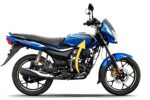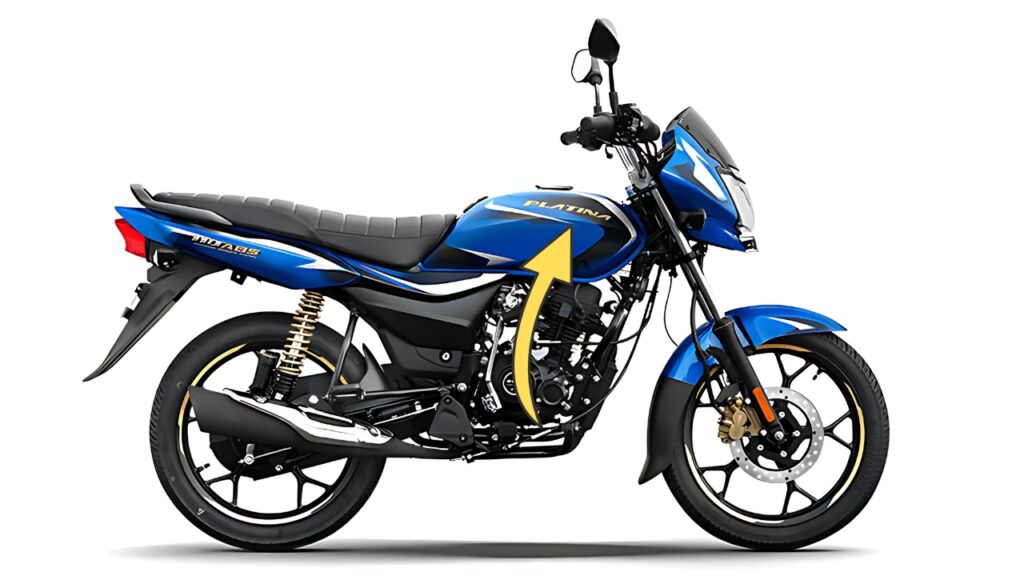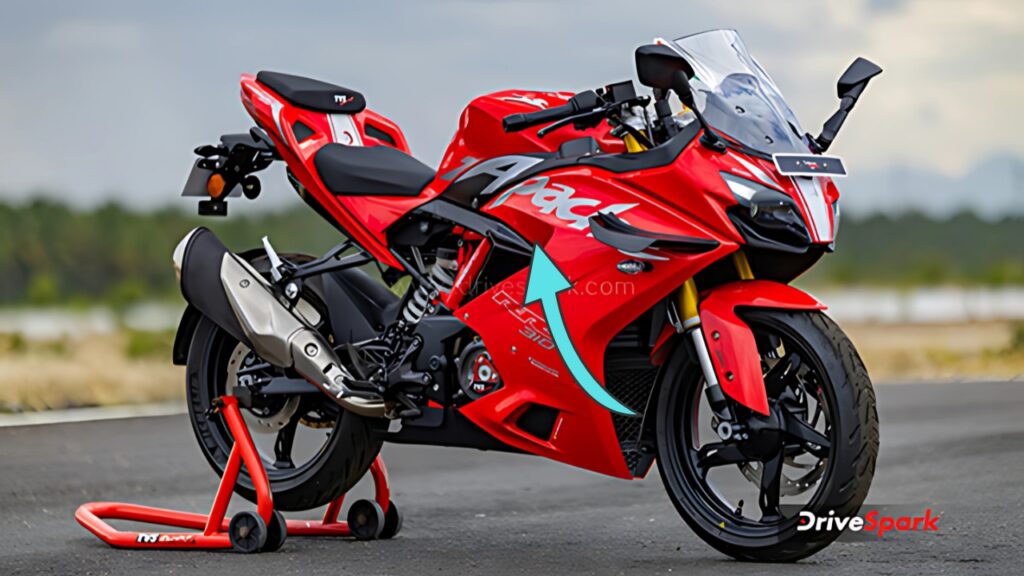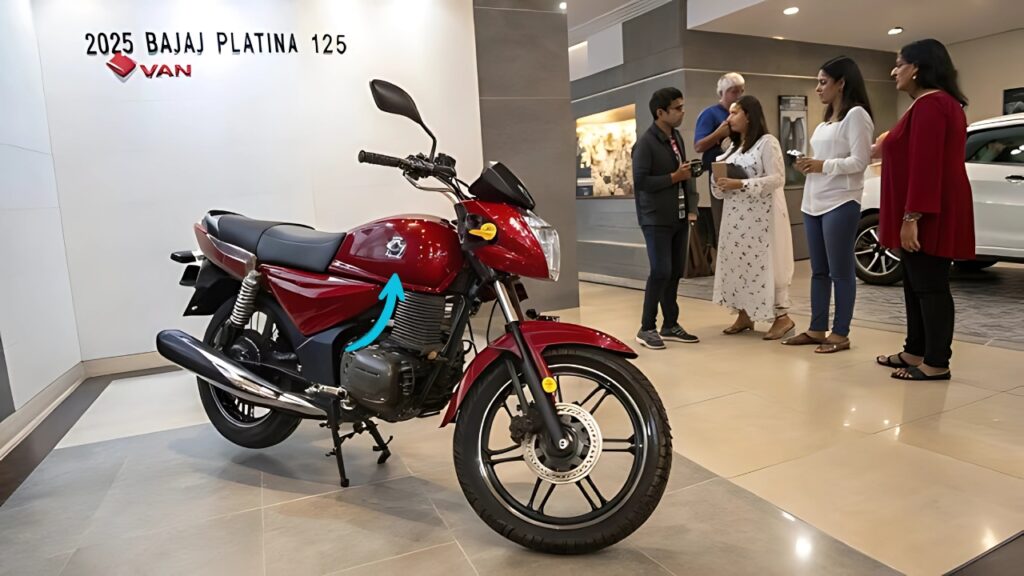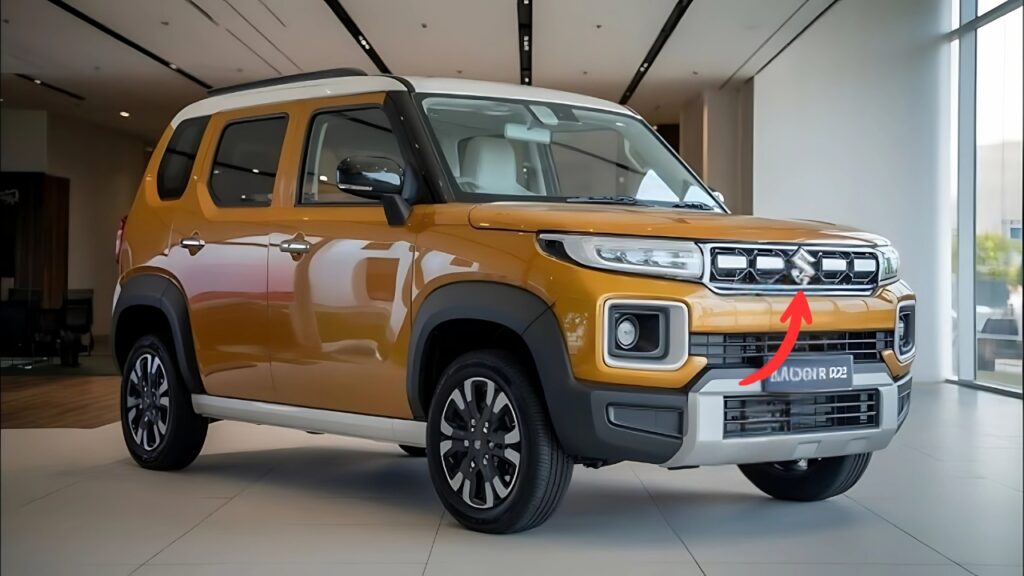Volkswagen Virtus: The sedan space in India has seen a glam return with the launch of the Volkswagen Virtus.
In a world where increasing numbers of automotive shoppers are demanding SUVs and crossovers, this German contender puts forward a rock-solid argument in favor of the traditional three-box formula, pairing drop-dead-gorgeous looks with a feature summary that could have a few bigger vehicle segments blushing.
Table of Contents
Volkswagen Virtus First Impressions- Standout Style

Volkswagen Virtus Stationed alongside its competitors at a recent media drive in Lonavala, the Virtus has a design language that’s typically Volkswagen – something that you can identify effortlessly by the proportions the car comes with.
The 2,651mm wheelbase — one of the longest in the segment — translates to an elegant profile with a muscular stance and sporty demeanour thanks to the short overharngs and wide track giving a planted and confident road presence.
“We didn’t want to make another sedan,” says Ashish Gupta, Brand Director at Volkswagen Passenger Cars India, as we walk around the car.
“The Virtus was born to seduce the people to sedans again, and that starts with an emotional design,” he said.
That emotional appeal is carried over up front, where the low-profile LED headlamps meet the long, horizontal grille to give the vehicle visual width that accents the stance of the car.
The sharp character line from the headlights to the door handles and back to the taillights gives it the feeling of forward movement even when standing still, and the gently sloping roofline provides a coupe-shaped appearance without sacrificing rear headroom.
The Virtus comes in six striking colors which include the vivid Wild Cherry Red and Atlantic Blue Metallic and yet in the whole visual palette, it’s sizzle but not flame.
The top-spec GT Line gets blacked-out elements such as the roof, ORVMs and subtle spoiler, giving it a sporty two-tone effect – a major draw for a younger demographic of buyers.
Cabin Experience – A New Definition of Premium
Swing open the spacious-feeling doors (they don’t rebound with a tinny sound, as they do on most cars in this segment) and the Virtus is a car that immediately reshapes what people in the market can be convinced to expect from a car of this price and size.
The horizontal architecture of the instrument cluster conveys a sense of width, and the dashboard surface has a generous, broad sense of volume, which proportionally straddles the interior’s actual width.
Materials throughout the cabin further highlight Volkswagen’s focus on the details, with soft-touch plastics that cover the upper surfaces, the the cushions and backs of the leatherette seats that feature contrast stitching, and metallic accents that aren’t garish.
Even usually ignored areas matter, such as fabric-lined door pockets that allow you to store items without rattling as you drive.
The technology package is anchored by the 10.1-inch touchscreen infotainment system that seems to float above the dashboard rather than being sunk into it.
This modernistic design philosophy is further reflected in the 8-inch Digital Cockpit, which replaces traditional gauge clusters with a customizable display that can be configured in various ways to show a range of information.
“We have emphasized combining a premium and intuitive cockpit,” reveals the interior design lead.
“Technology should improve your experience, not complicate it, that’s why the Escape offers physical controls for essential functions that are easy to use, such as its climate system and volume.”
And that goes for all occupants, rear-seat passengers sharing a class-best amount of legroom thanks to the extended wheelbase.
The seats themselves have nice contours to hold you in when driving fast, but won’t take you out on long trips.
Three-point seatbelts in every position, adjustable head restraints, and individual A/C vents are an indication that this is a family sedan, and not just for the driver.
The convenience doesn’t stop there, and thoughtful storage solutions are dotted all about the cabin, including a cooled glovebox, a storage compartment in the center armrest, and cupholders in the rear center armrest.
There’s a cavernous 521-litre boot that swallows several suitcases with little issue and the 60:40 split-folding rear seats allow for enough flexibility for longer items.
Volkswagen Virtus Technology Incorporation- Substance Over Showroom Shine
Where as a lot of other rivals tend to focus on tech features that dazzle in the showroom but don’t actually offer that much in the way of usefulness, the Virtus actually gets kit that we would use.
The infotainment system features wireless Apple CarPlay and Android Auto, so there are no cords to clutter up the cabin.
Wireless charging pad also has a cooling feature which avoids heating of smartphones during longer usage- particularly nice for India! The upgrade 8-speaker sound system provides you with awesome sound quality with flat frequency response instead of having only a lousy bass sound.
One particulary (sic) eyecatching feature is the ambient lighting system with 10 selectable colours that spreads both across the dashboard and door panels.
Not at all like some cars where the headlights at night are a sort of gimmicky thing, in the case of the Virtus it was very luxurious, a premium sensation that makes all the difference when driving at night.
Safety Kit is also never compromised and six airbags are available on top spec offerings along with ESP (Electronic Stability Program), Multi-collision braking, hill-hold control and tire pressure monitoring.
Which make concessions to family safety with rear headrests, three of them, and ISOFIX child seat anchors, but also takes traction for a slide when driving is fast and hard with the electronic differential lock.
Driving Dynamics: What Makes the Difference?
Under its stylish skin, the Virtus is powered by two TSI petrol engines that indicate the technical expertise typical of Volkswagen.
The GT gets a powerful 115PS, 1.0-litre three-cylinder TSI and a class-best 150PS, 1.5-litre four-cylinder TSI engine.
Our relatively short test route through the twisting roads of the Western Ghats allowed the Virtus to show its European lineage with its well-behaved dynamics and confidence-inspiring handling.
It’s solidly built with a stiff chassis that does wonders for stability at highway speeds, and the suspension is tuned just right between cushy and controlled.
“The Virtus is not trying to be a jack of all trades,” says Gupta. “We’ve optimised the SCT whose aim is to be able to take a case of beer* and still be fun to drive on Sunday…for the same people” * (or bottled water if you live in one of those wierdo places).
This driving experience is especially apparent in the GT version with 7-speed DSG transmission, which provides quick and smooth gearshifts that ensure the engine is always kept at its power band when pushing hard but operates seamlessly and comfortably on relaxed drives.
The steering has a nice, progressive weight to it, not artificially heavy as some automakers use for a sense of sport.
Most impressive though is the polish at every point of the drive. Of course, sound insulation is an especially big deal, as several layers of dampening material in the body result in a cabin that’s significantly quieter than many rivals. Even at heavy load the engine does not make a fuss.
Volkswagen Virtus Product Positioning: Premium Value Not just affordable.
The Virtus starts from ₹11.21 lakh and goes up to ₹17.91 lakh (ex-showroom) and it stakes a premium claim in the compact sedan category.
The pricing reflects its European-engineered heritage and feature content, and still keeps it within reach of even those looking for something more than mainstream alternatives.
For those who can see past the SUV craze, Virtus represents an attractive offer – great design sophistication, fantastic technology, fun-to-drive dynamics and that all-important German engineering equality.
In an era when so many cars look and feel the same, its uniqueness is a breath of fresh air–one that proves the best alternative is rewarding those who make a rational choice with a few irrational benefits.
“It’s not only that the Virtus is a revelation in its segment -it also implies what we should expect from today’s jazzed-up sedans,” gushes one breathless journalist in the pages of AutoExpert magazine at the drive-in.
